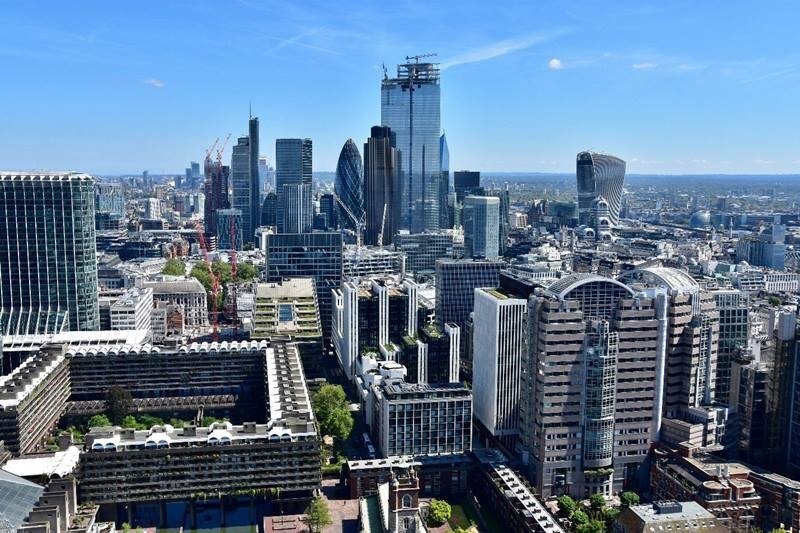Urban heat islands refer to the phenomenon of higher air temperatures in densely populated city areas compared to surrounding parks and countryside. This urbanization has significant effects on Earth’s surface processes, impacting weather and climate patterns that directly affect rapidly growing urban populations. The scientific literature on urbanization and its diverse effects is extensive, with contributions from various fields.
In a recent study published in Advances in Atmospheric Sciences, an international team of scientists undertook a comprehensive review of the scientific literature on the impacts of urbanization on extreme weather and regional climate. The objective was to synthesize this knowledge and provide a comprehensive understanding of the subject. Their work offers valuable insights derived from nearly 200 years of urban research and over 500 literature sources.
As cities expand and urban populations increase, it is crucial for scientists to gain a deeper understanding of how cities interact with weather and climate on different scales. This review serves as an overview of the current scientific understanding regarding the effects of urbanization, shedding light on the limitations of observational and modeling methods used to study urban areas. The study also outlines research topics and priorities to bridge the existing gaps in our comprehension of urban-scale weather and climate interactions.
The research team integrated findings from more than 500 studies centered on urbanization and its impacts on weather and climate. Collaborators included scientists from Pacific Northwest National Laboratory, Yale University, Boston University, the National Center for Atmospheric Research, the Indian Institute of Technology, and Zhejiang University.
The review encompasses a broad range of topics, including urban heat islands (canopy, surface, boundary-layer, and other areas), heat waves, atmospheric moisture, wind fields, boundary-layer structure, air pollutant dispersion, cloud formation, precipitation, and storms. Additionally, it provides an overview of the primary methods and datasets employed for studying urban areas, both from observational and modeling perspectives. The review also highlights the limitations and uncertainties associated with different methodologies and identifies major research gaps, setting the stage for future studies in this field.
For more information:
Yun Qian et al, Urbanization Impact on Regional Climate and Extreme Weather: Current Understanding, Uncertainties, and Future Research Directions, Advances in Atmospheric Sciences (2022). DOI: 10.1007/s00376-021-1371-9
Provided by: US Department of Energy
Denial of responsibility! TechCodex is an automatic aggregator of the all world’s media. In each content, the hyperlink to the primary source is specified. All trademarks belong to their rightful owners, and all materials to their authors. For any complaint, please reach us at – [email protected]. We will take necessary action within 24 hours.

Jessica Irvine is a tech enthusiast specializing in gadgets. From smart home devices to cutting-edge electronics, Jessica explores the world of consumer tech, offering readers comprehensive reviews, hands-on experiences, and expert insights into the coolest and most innovative gadgets on the market.


